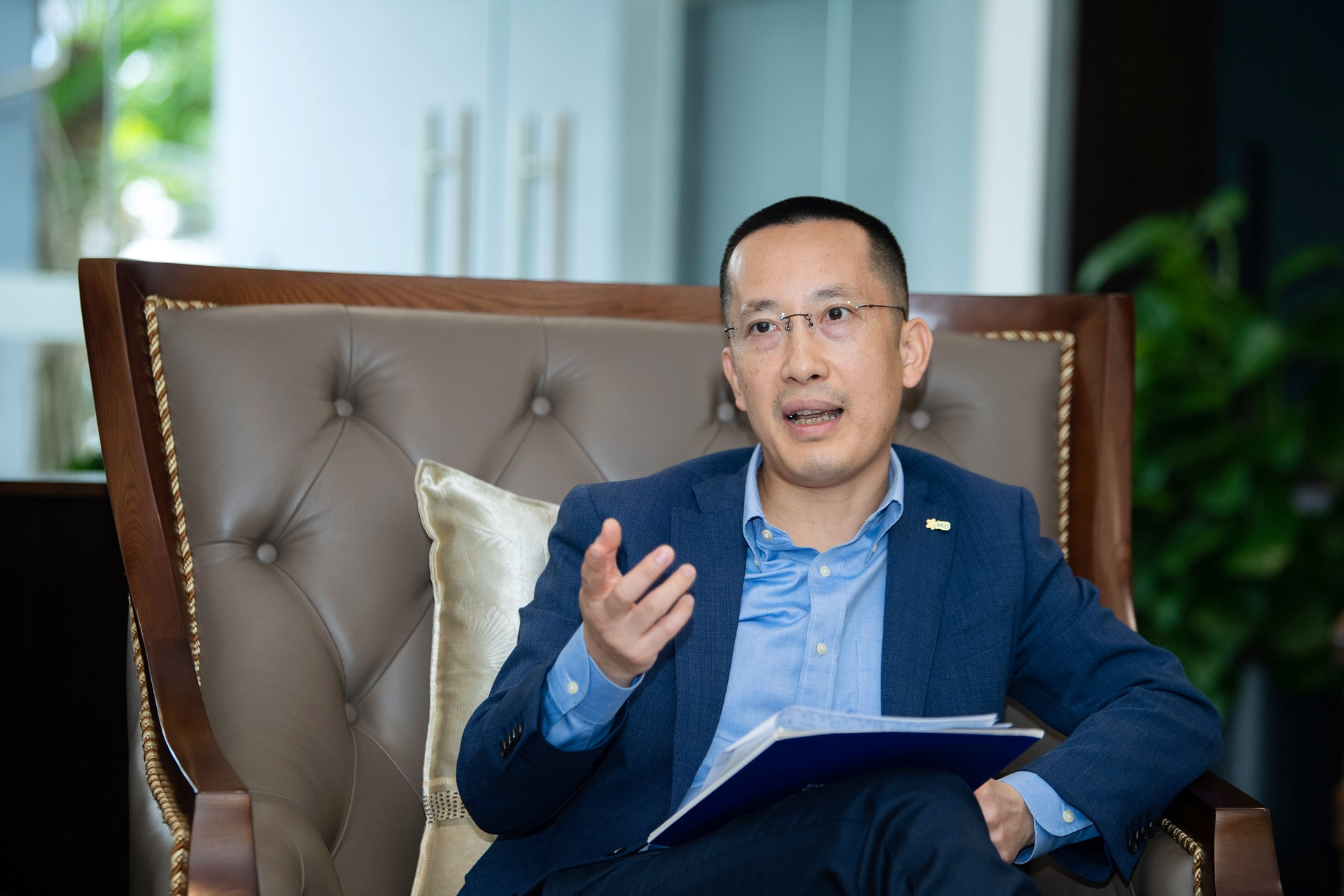
By the end of July 2025, Vietnam’s five state-owned commercial banks - Agribank, Vietcombank, VietinBank, BIDV, and MB (collectively known as the Big5) - will roll out an artificial intelligence (AI)-powered system to monitor and block fraudulent transactions in real time.
This system will allow banks to check whether a recipient account shows signs of fraud before processing any money transfers. If the system flags suspicious activity, the transaction will be blocked and the customer will receive a warning.
The initiative follows a series of steps by the banking sector to curb rising online scams. Since July 1, 2024, biometric authentication has been mandatory for transactions over 10 million VND (about 395 USD). Starting January 1, 2025, biometric verification will be required for all bank accounts that perform electronic transactions.
Thanks to these efforts, the industry has cleaned up 95% of accounts that were either fake or involved in scams.
With the Big5 banks now set to deploy AI-based transaction monitoring, each payment will be screened against a “blacklist” of suspicious accounts before being approved. Transactions to flagged accounts will be halted, and customers will be alerted.
This plan is the result of a multi-agency collaboration between the State Bank of Vietnam (SBV), the Ministry of Public Security, and the Ministry of Science and Technology. Once the Big5 successfully implement the system, it will be adopted across the entire banking sector.
“Instead of each bank acting on its own, we’ll act in unison - if fraud is detected, we’ll all move to block it. This will help identify and prevent far more scam accounts,” shared Vu Thanh Trung, Vice Chairman of the Board at MB Bank.
MB was the first bank to collaborate with the Cybersecurity and High-Tech Crime Prevention Department (A05) of the Ministry of Public Security, starting in July 2024, to share data on accounts involved in or suspected of scams.
In the first three weeks of implementation, the system flagged 2,700 suspicious transactions. Currently, MB’s AI system detects and blocks approximately 1,000 transfers per month, with an average monthly value of around 30 billion VND (nearly 1.2 million USD).
According to MB representatives, transactions made during odd hours - like between midnight and dawn - are closely monitored. Transfers initiated from foreign IPs, particularly from countries known for cybercrime, are also automatically blocked.
MB has also managed to block 99% of fake apps on the Android platform through app-scanning technology.
With 20 million users accessing the MB app daily, manual monitoring is no longer feasible. AI is now essential for risk control and fraud detection.
The bank employs more than 2,000 IT engineers and over 300 data specialists dedicated to identifying abnormal transaction behaviors.
“The volume of data is massive - manual review or delayed detection simply won’t work. Within five minutes, stolen money can vanish. That’s why we have to block fraudulent transactions in real time,” said Vu Thanh Trung.
He also noted that with biometric authentication and NFC-based ID verification in place, scammers are now shifting their focus to attacking corporate accounts. The Big5 banks are increasing investments to secure these as well.
Under Circular 17/2024/TT-NHNN, effective July 1, 2024, credit institutions must provide customer account data to the SBV to support state regulatory functions.
Banks must electronically submit information about accounts suspected of fraud or criminal activity, including customer ID (CIF), ID number, type of ID, full name, date of birth, gender, nationality, account number, account opening date, registered phone number, reason for suspicion, account status, and the unique device identifier (MAC address).
These reports must be submitted to the SBV’s risk management system by the 10th of each month.
Banks are also required to send lists of “blacklisted” fraudulent accounts to the SBV. However, a unified procedure for terminating or closing such accounts has not yet been established.
Tuan Nguyen